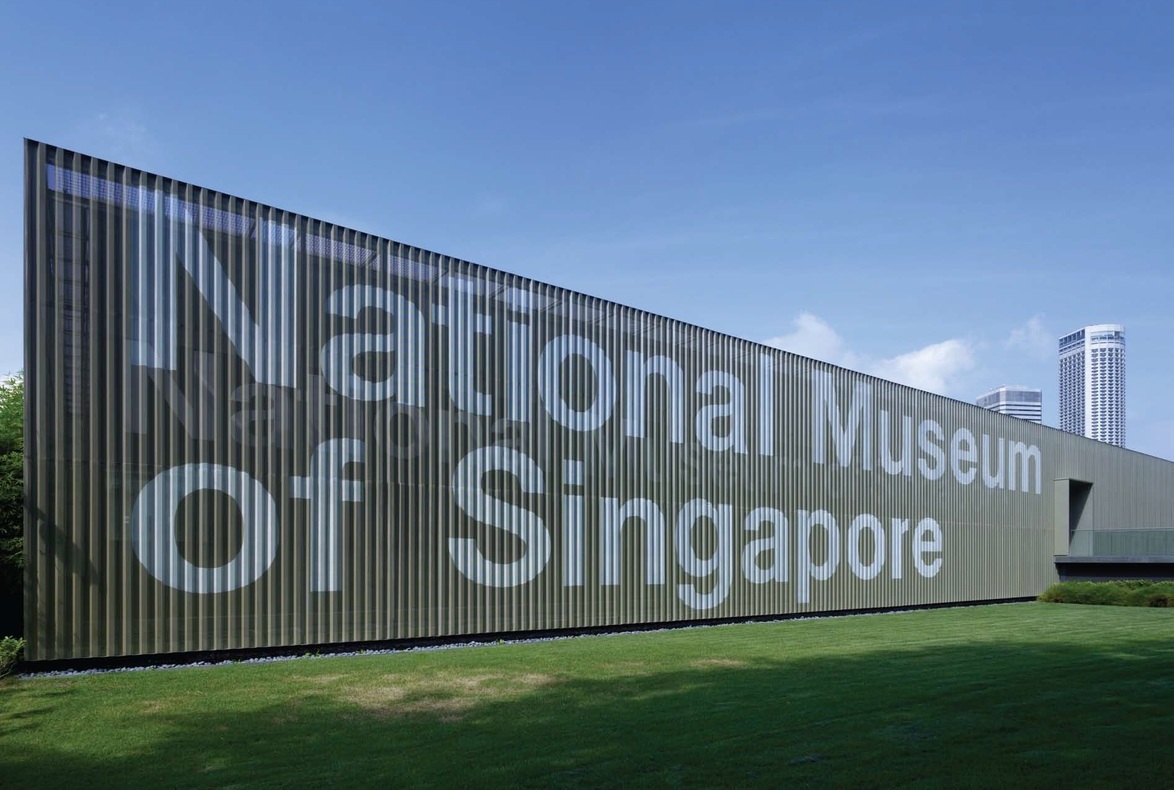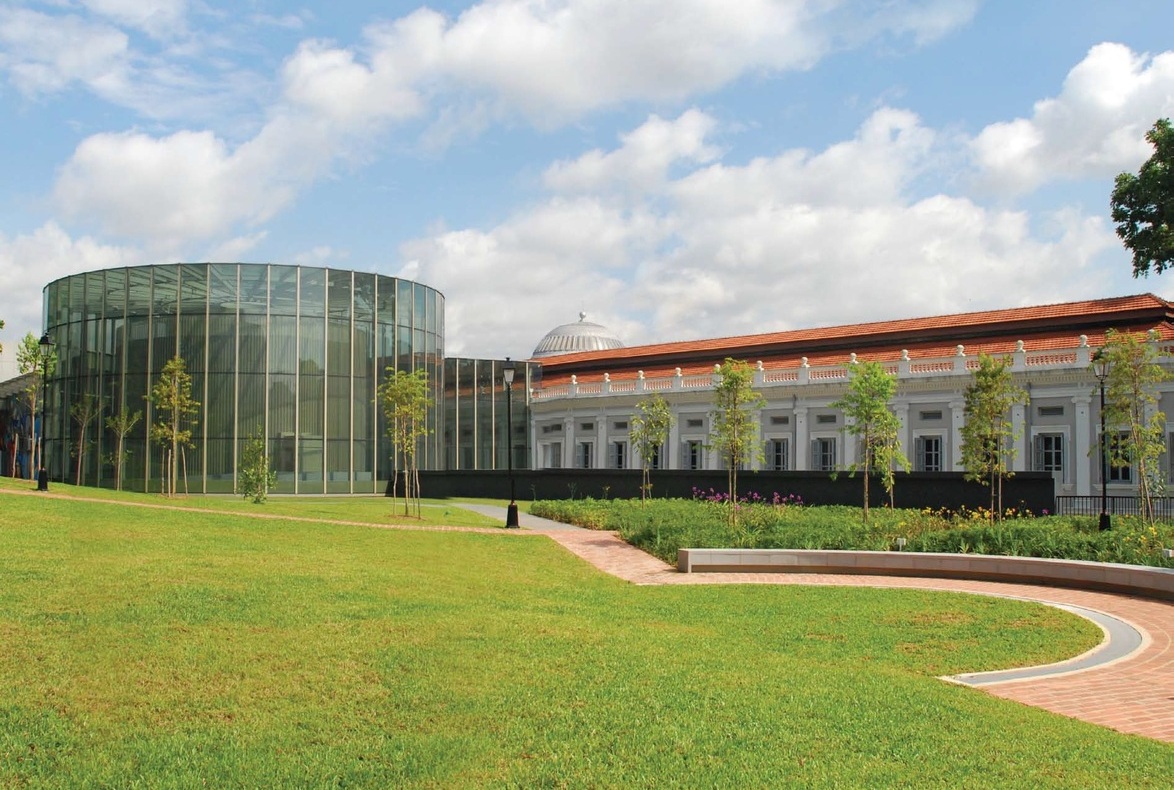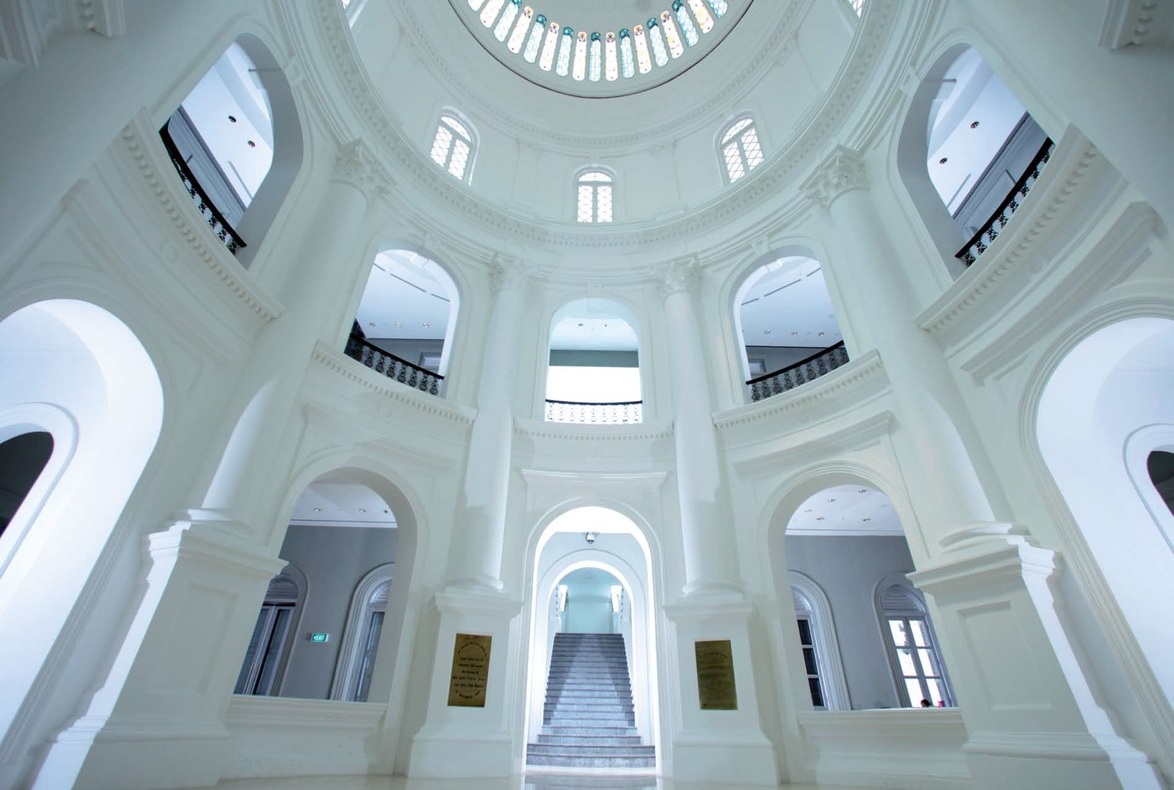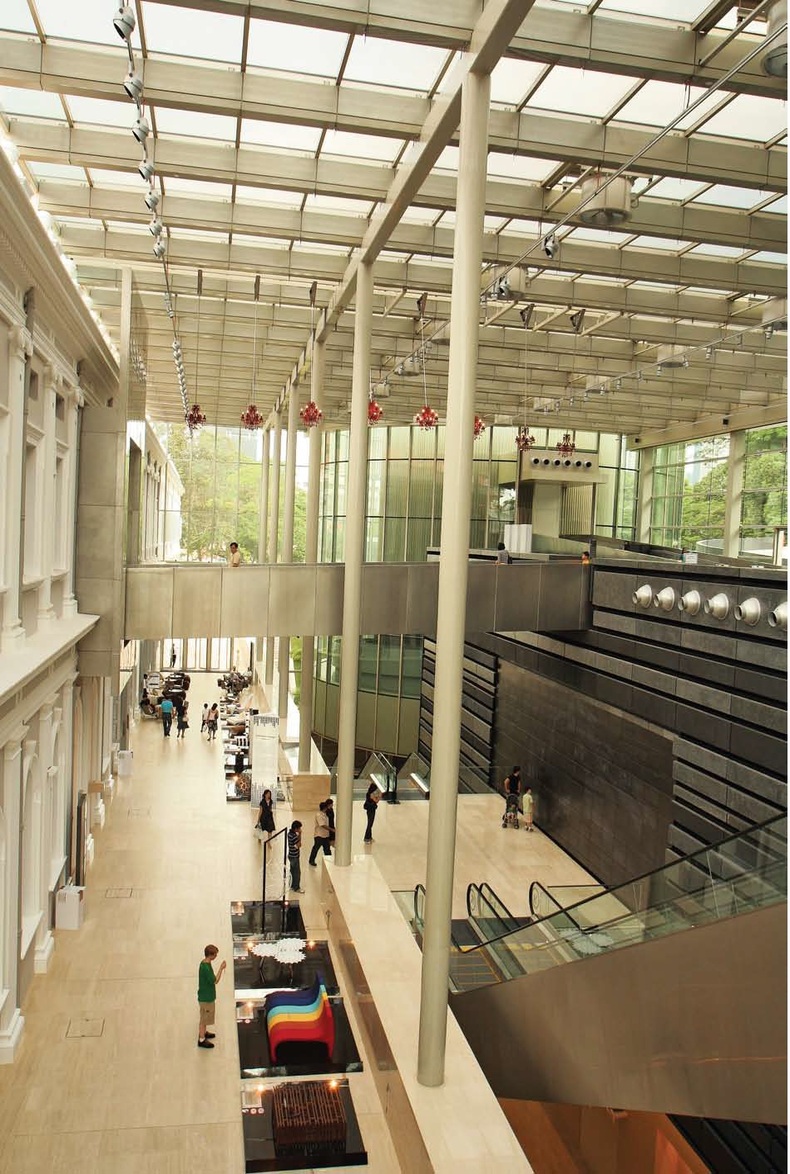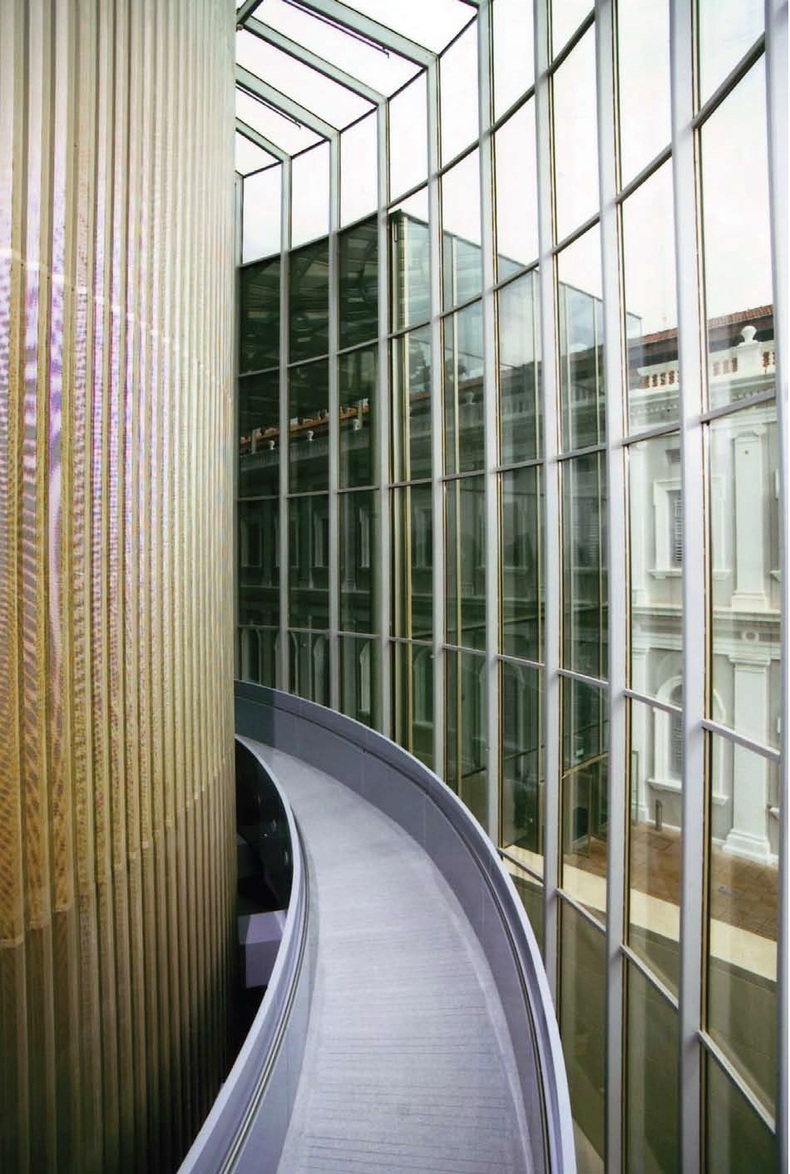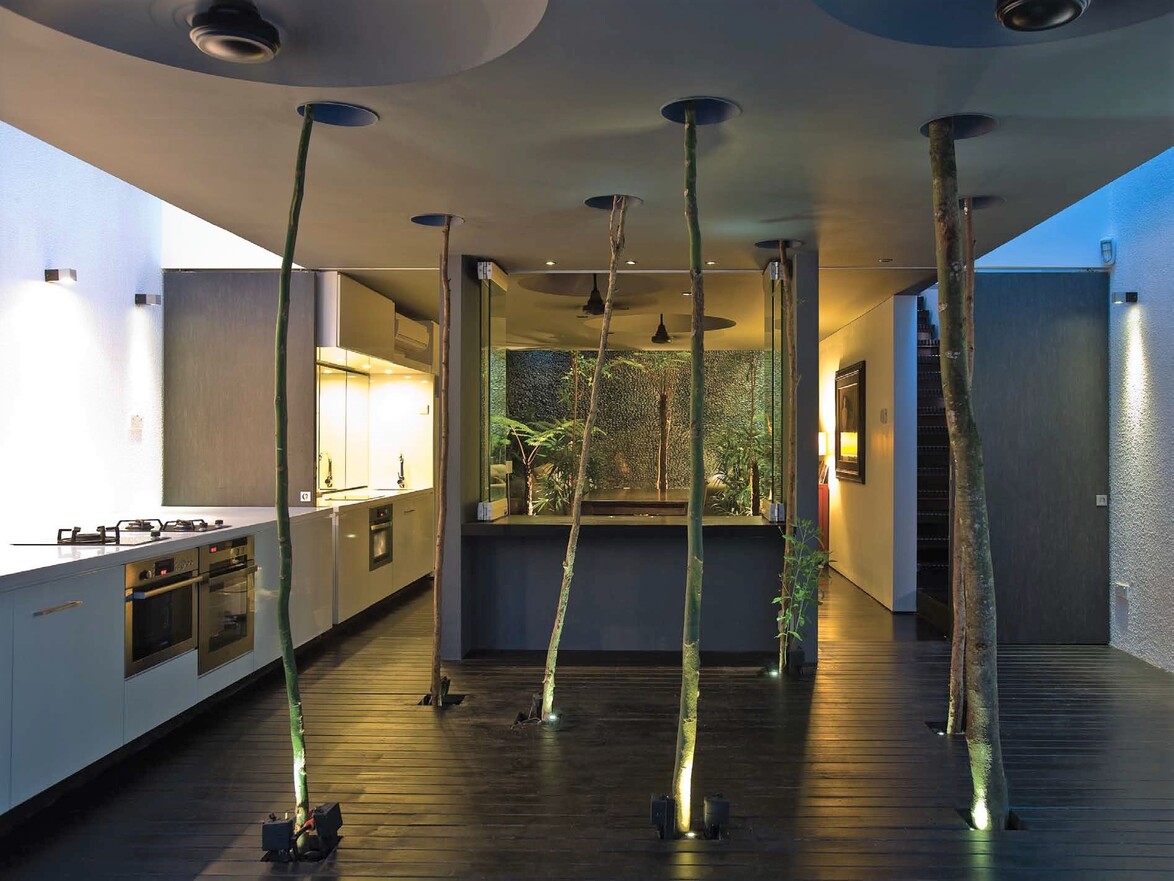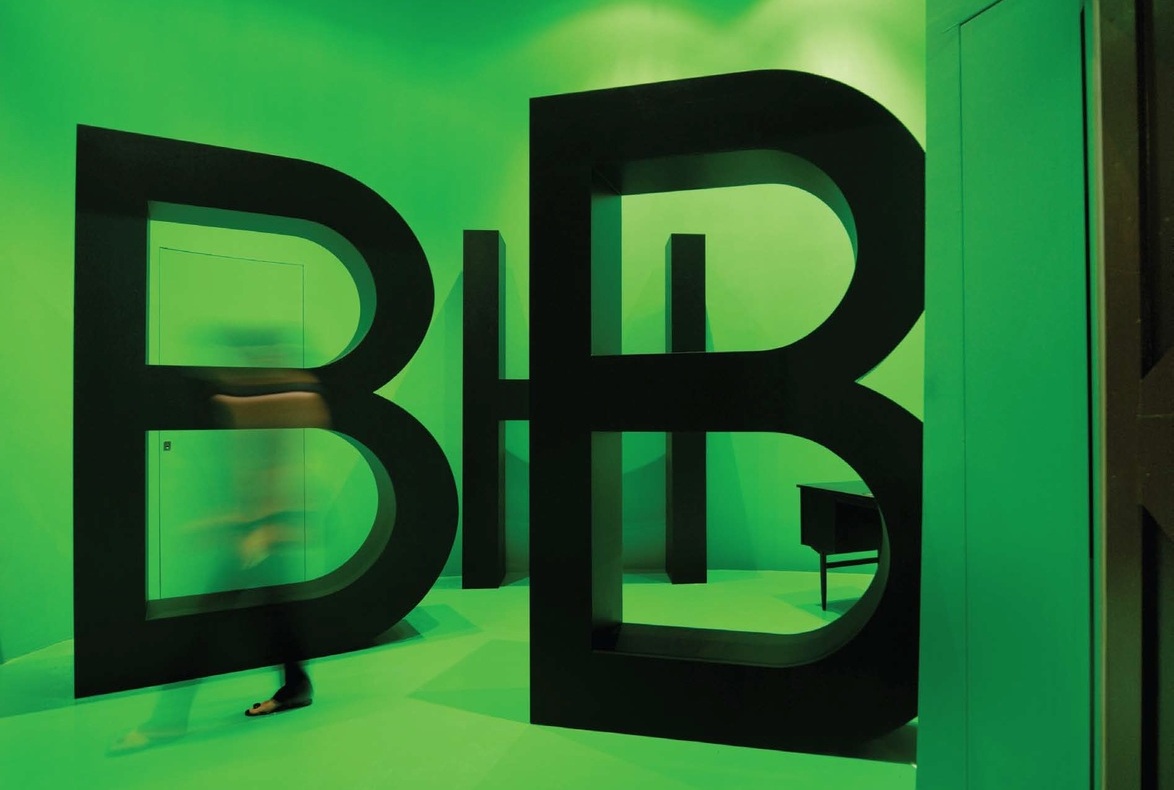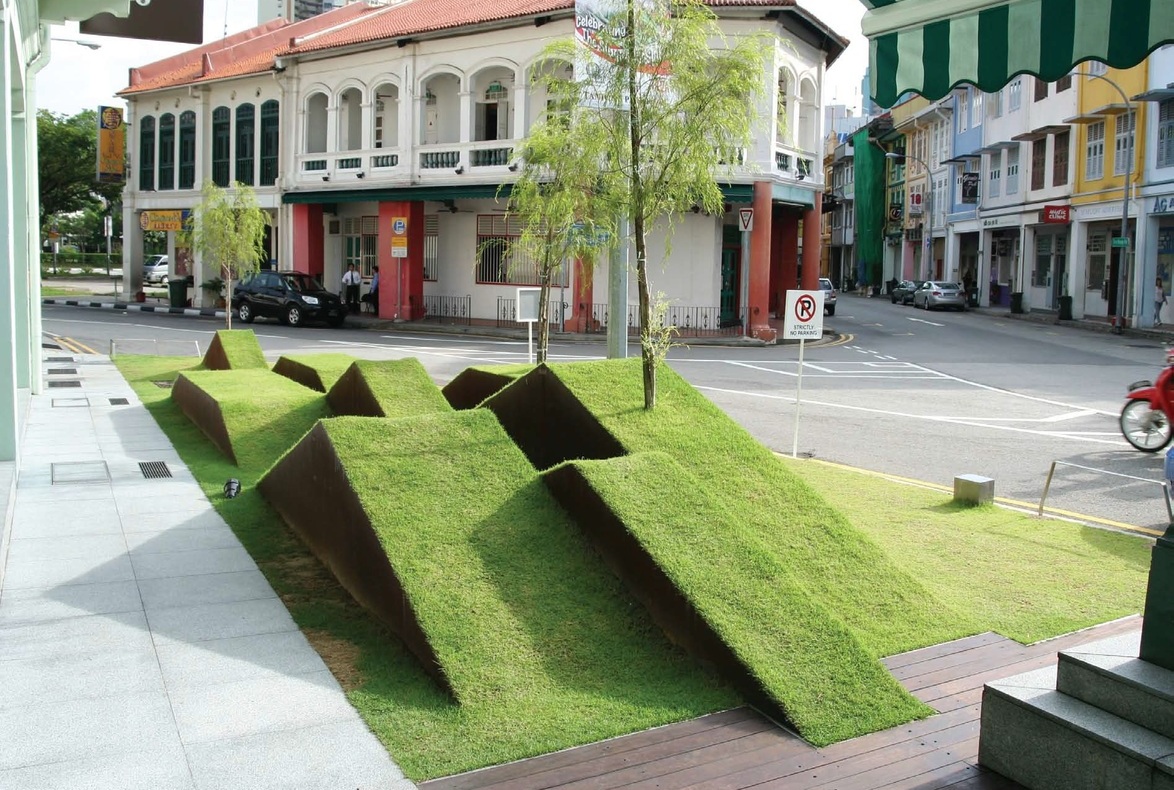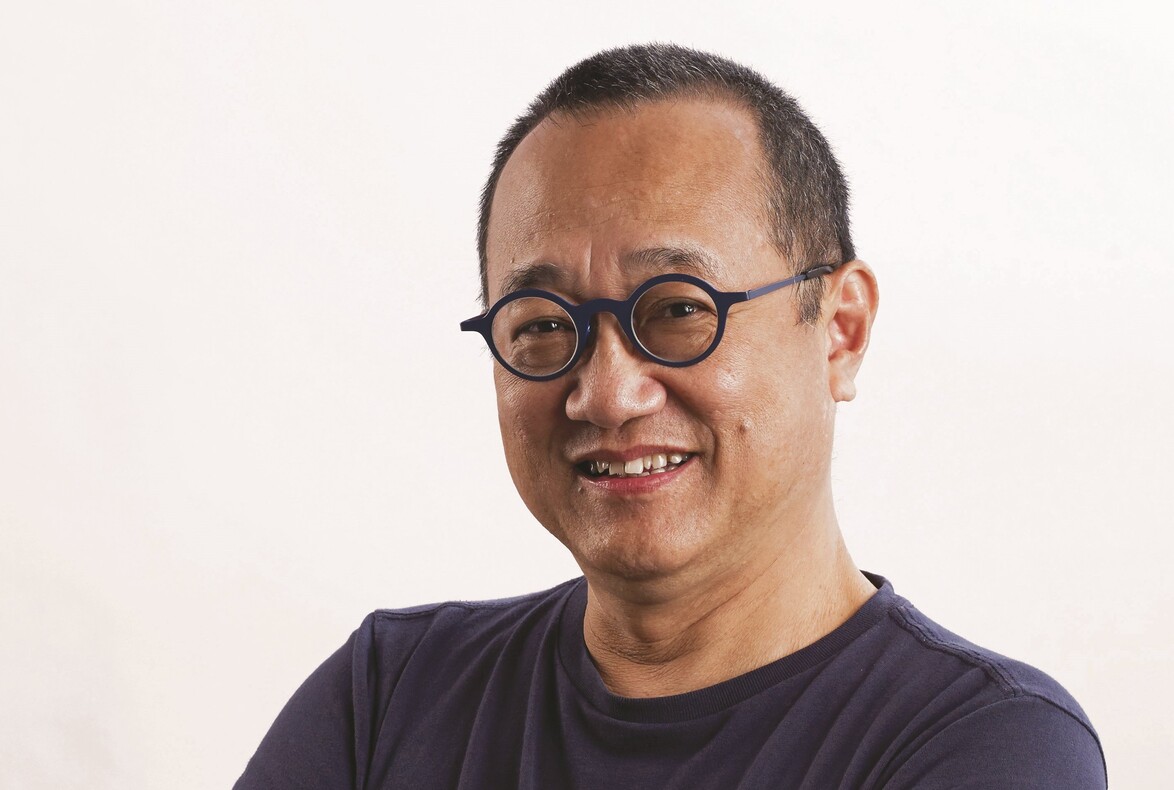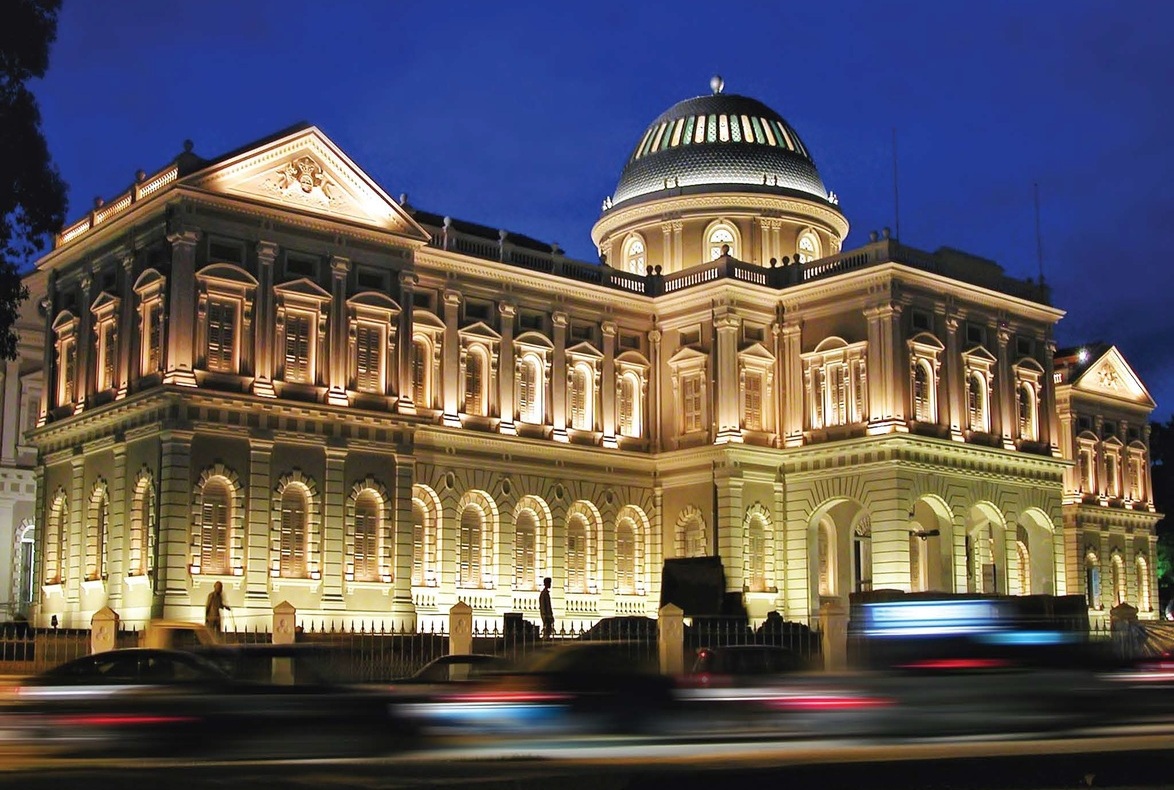
DESIGN OF THE YEAR 2008
National Museum of Singapore
CPG Consultants Pte Ltd
CONTACT
[email protected]
Originally home to the Raffles Library and Museum, the National Museum of Singapore was erected in neo-classical style by the British in 1887. Expansion was needed in 2000 to double the capacity of the existing Museum and re-define its programme showcasing the national identity and history of Singapore. This careful restoration and redevelopment project retain the architectural features of the original historic building and its numerous expansions in 1906, 1916 and 1926.
While the old building is beautifully restored with its city façade very much intact, preserving most people’s fond memories of the building, the surprise of the development is at the back, where the new extension comes with generous public space, and the transparent building façade, takes full advantage of the greenery of historical Fort Canning Hill. The new extension, though contemporary in design, is deliberately understated. It speaks volumes about layers of histories, memories and experiences while never drowning out the elegant neo-classical language of the old building. The new extension is consciously kept low in respect of the height of the old dome, while also creating vast, column-free subterranean spaces to house the new history gallery, temporary gallery and black box theatre. This frees up spaces on the ground floor of the old building for restaurants and shops that help bring in nightlife and activities when the galleries are closed.
Part of the new extension is the Glass Passage, which signifies the seamless transition into the more fluid contemporary space. Contrast and dialogue between the old and the new is further accentuated by removing the roof of the old passageway and replacing it with a generous glass atrium so that the old dome is now visible from within the building. The Glass Passage rises almost 11 metres above the ground and is one of the world’s largest outdoor, self-supporting glass structures. It is the central space between the old and the new, creating a beautiful, naturally lit indoor gathering place against the backdrop of the old restored façade. The triple-volume space of the atrium spatially links all floors, from the third storey down to the basement below, bringing with its natural light and views of the sky. IT also gives visitors a constant view of the old building wherever they are in the museum.
In particular, the rear aspect of the Museum building has gained a new lease on life. It was an oft-forgotten part of the building that was located next to a steep slope and the old Drama Centre. With the restoration of the building and the creation of the new extension, the rear façade is now the most prominent feature of the atrium space that thousands of visitors pass through every day. For Lee Soo Khoong of the CPG design team, this is the most distinctive feature of the project because the rear façade has been transformed from ‘being forgotten to being unforgettable’.
Another highlight of the redeveloped Museum is the Glass Rotunda. A glass drum measuring 16 metres in height and 24 metres in diameter, it is located at the main entrance of the new extension and consists of a small steel-mesh drum encapsulated by a larger glass façade drum. Visitors entering the Singapore History Gallery are greeted by scenes of the Singapore cityscape projected 360 degrees onto the inner wall of the Rotunda. At night, the curtains are drawn, and the dome is transformed into a lantern, with images appearing on the ‘skin’ of the inner drum but also visible from the exterior.
According to Soo Khoong, the inspiration for the project came from the site context. The Museum faces Bras Basah Park and sits at the foot of Fort Canning Hill Park, the site of ancient palaces and the tombs of Malay kings. The significance of the site underscores a key concept in the redevelopment project – the transformation of the Museum into an urban corridor that connects two major historical green spaces. The Museum’s city frontage contrasts with the park setting at the rear, bringing a dynamic duality to the design solution. This urban corridor offers an experience of change as visitors travel from the old to the new extension.
The faithful adherence to the site context stems from the design team’s belief in the famous dictum that ‘form follows function’, that ‘architecture must be truthful to its function’. Soo Khoong cites that the Drum in the new extension as an example. ‘Some people commented that the Drum echoes the old Rotunda, kind of a new-versus-old thing. The fact is that the cylindrical form of the Drum is perfect for the all-around projection that happens within it, and is also ideal for a spiral ramp down from the concourse to the main gallery space, which is the anticipative experience we want visitors to have. The Drum therefore looks perfect in its form.’
The main design challenge the team encountered lay in the dialogue between the old and the new. The team considered numerous preliminary design options in order to ensure that the final design addressed the site context, the stringent function brief of the Museum, as well as the aspiration of a new extension that befits modern construction technologies
About the Designer
ARCHITECTS
Lee Soo Khoong
Colin Wu
Deirdre Lee
Tan Shin Wei
Tan Pheng Chee
Peter How
CPG Consultants Pte Ltd
Mok Wei Wei
Joan Loo Yuen Wah
Ratiwat Suwannatrai Nui
Goh Wei Kiat
W Architects Pte Ltd
OWNER
National Museum of Singapore/
National Heritage Board
PROJECT MANAGEMENT
PM Link Pte Ltd
MECHANICAL & ELECTRICAL ENGINEER
CPG Consultants Pte Ltd
MAIN CONTRACTOR
Sato Kogyo (S) Pte Ltd
CIVIL & STRUCTURAL ENGINEER
CPG Consultants Pte Ltd
QUANTITY SURVEYOR
CPG Consultants Pte Ltd
ARCHITECTS
Lee Soo Khoong
Colin Wu
Deirdre Lee
Tan Shin Wei
Tan Pheng Chee
Peter How
CPG Consultants Pte Ltd
Mok Wei Wei
Joan Loo Yuen Wah
Ratiwat Suwannatrai Nui
Goh Wei Kiat
W Architects Pte Ltd
OWNER
National Museum of Singapore/
National Heritage Board
PROJECT MANAGEMENT
PM Link Pte Ltd
MECHANICAL & ELECTRICAL ENGINEER
CPG Consultants Pte Ltd
MAIN CONTRACTOR
Sato Kogyo (S) Pte Ltd
CIVIL & STRUCTURAL ENGINEER
CPG Consultants Pte Ltd
QUANTITY SURVEYOR
CPG Consultants Pte Ltd
Insights from the Recipient
“Get the fundamental right. Buildings must serve their functions and fit their site context.”
Citation
Jury Citation
Nominator Citation
Tan Pheng Chee
Vice President
CPG Consultants Pte Ltd
The National Museum of Singapore is a building of national significance and iconic value. The project unites the dual tasks of restoration and creating a new extension with great sensitivity and finesse to achieve a high civic quality. Through the change in architectural language, spatial quality and materiality, the visitor experiences a seamless transition from the existing neo-classical monument to the contemporary annexe.
To achieve a full frontage view of the building and to create a new civic space ubiquitously associated with institutional monuments, the existing boundary walls were removed. This created an important new feature – an urban corridor linking two major historical green spaces sited at the front of the building (Bras Basah City Park) and the rear (Fort Canning Hill Park).
The Jury applauds the architect’s bold decisions to place much of the new extension underground to meet height controls and to replace part of the old roof in order to reveal the dome, thereby dramatising the transition from old to new. The resulting multi-volume space enables the penetration of daylight into the lower levels. Adhering to a conservation guideline requiring a gap between the monument and the new addition, an expansive concourse space was created under a fully self-supporting glass atrium. This allows for a full visual appreciation of the monument’s façade while offering a setting for a variety of events and programmes.
The National Museum of Singapore has achieved high international standards and now forms part of a redefined museum experience that Singaporeans and visitors alike can enjoy.
Beautifully restored and expanded with new additions, the new National Museum of Singapore is an architectural gem sitting on the rich heritage site of the Civic and Cultural District.
With greater accessibility and new-found openness, the architecture of the National Museum brings to fruition a remarkable urban link between the Bras Basah area and Fort Canning Park through the museum, improving urban connectivity and integration.
The historic building is sensitively treated to reveal its beauty. Celebrating the link between the old and the new is a sun-lit space whose transparency exposes the full glory of the new dome on the historic building from a new vantage point within the architecture. An exhilarating urban room inserted between the old and the new creates a much-needed public space supporting endless possibilities of events and functions. Much of the new addition is carved into the grounds of Fort Canning. Synonymous with digging into the bedrock of history, the main entry-point into the new addition is a passage of descent richly animated by movement through different spaces contained in an external glass cylinder and an internal solid drum.
There is an underlying sophistication and depth in the architectural design and treatment of the old and new elements in the National Museum that make the design unusually refreshing and delightful. The architectural design, together with innovative museum programming, makes an invaluable social contribution by bringing new meaning to museum visits for Singaporeans.

